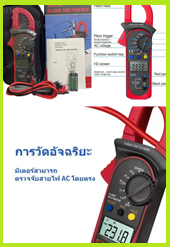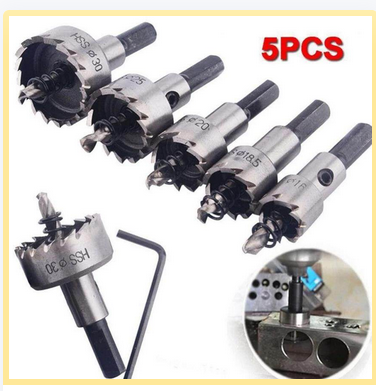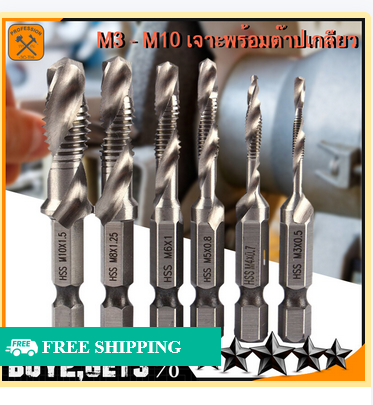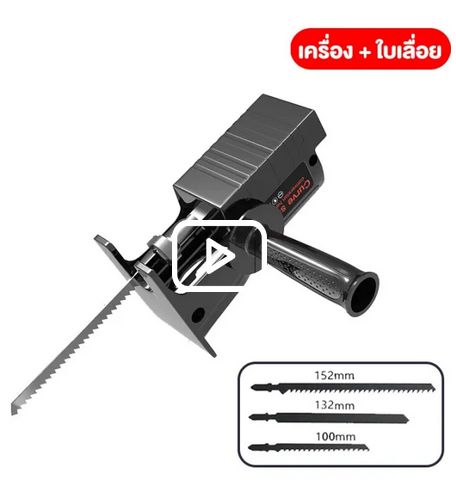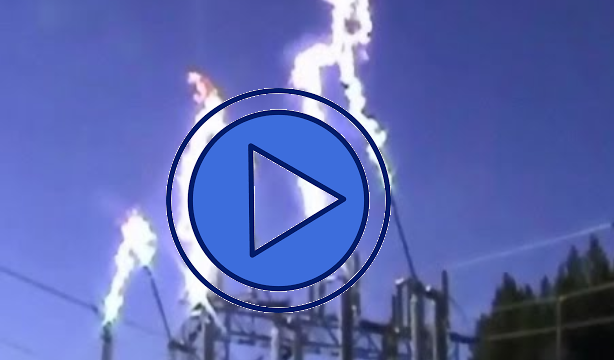Top 50 Popular Supplier
ถ้าความถี่เครื่องกำเนิดไฟฟ้าของเราซึ่งถูกควบคุมด้วย Governor มีค่าต่ำกว่าความถี่...
|
05/06/2554 07:54 น. |
เมื่อต่อเข้ากับ Grid แล้วจะมี Power ไหลเข้ามาที่ Gen ใช่มั้ยครับ อยากท่านที่เคยทำงานกับ Generator ว่า ในกรณีนี้ถ้า Reverse Power Relay (32) และ Under Frequency Relay (81) ไม่ทำงาน จะมีความเสียหายทางกลเกิดขึ้นกับ Generator และ Prime Mover มั้ยครับ |
ความคิดเห็นทั้งหมด 4 รายการ |
ความคิดเห็นที่ 1

06/06/2554 17:18 น. |
ถ้าเป็น Synchronous Generator จะมีความเสียหายครับ มากน้อยขึ้นอยู่กับ Reverse Power ที่เกิดขึ้น |
ความคิดเห็นที่ 2
|
07/06/2554 21:46 น. |
ขอทราบหลักการหน่อยได้มั้ยครับ |
ความคิดเห็นที่ 3
|
10/06/2554 09:34 น. |
โดยทั่วไปจะมีวิธีการป้องกัน ซึ่งเรียกว่า double Protection กล่าวคือ มีการป้องทั้งทางด้านทางกลและทางไฟฟ้า การป้องกันทางไฟฟ้าก็จะใช้ generator control Module เป็นตัวควบคุมการทำงาน เช่น ควบคุมความถี่ ระดับแรงดัน กระแส พาวเวอร์ และก็ รีเวิร์ส พาวเวอร์ โดยหลักการ ถ้า generator control Module มีปัญหา ไม่สามารถควบคุมหรือป้องกันได้ ก็มีการทางกลอีกระดับหนึ่ง ซึ่งโดยทั่วไปจะเป็นการป้องกันมิให้ เครื่องยนต์หรือ pri mover รัน over speed |
ความคิดเห็นที่ 4
|
13/06/2554 20:21 น. |
Credit CSA @ www.contro.com ครับ สรุปว่าถ้า Reverse Power มากพอมันจะไปปั่น Prime Mover ทำมันพังได้ และอาจเกิดความร้อนสูงถ้า Underexcite ครับ There are two really damaging effects of motorizing a generator or reverse power flow (probably more, and I'm sure we'll briefly and nebulously hear about them all). The first is that when the machine is in reverse power it is trying to turn the prime mover that is supposed to be providing torque to the generator. In other words, the synchronous machine is providing torque to the prime mover instead of the prime mover providing torque to the synchronous machine. This can be very damaging to the prime mover, depending on the type of prime mover. This is really not good for most steam turbines. They are trying to pull steam into the turbine. Many reciprocating engines don't like to be rotated by the synchronous machine they are supposed to be rotating. Gas turbines, on the other hand, don't really dislike this condition. Because the air flow through the turbine and compressor doesn't change directions the unit can withstand "low" levels of reverse power. At some point, the flame would be snuffed out by the air flow. At that point, the synchronous machine would just be a big air compressor drawing LOTS of power and most synchronous machines are not designed for that much reverse power flow. The other really damaging effect is the heating of the generator rotor and stator that can occur with excessive amounts of reverse power. This usually occurs when there is very low excitation or no excitation, and from I've been told, the heat rise can occur very quickly and be very damaging. From what you say, the stator, at least, didn't experience any appreciable temperature rise. |
ความคิดเห็นทั้งหมด 4 รายการ |



